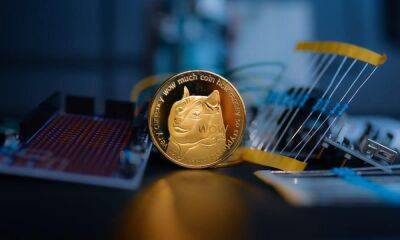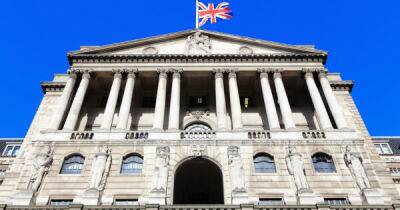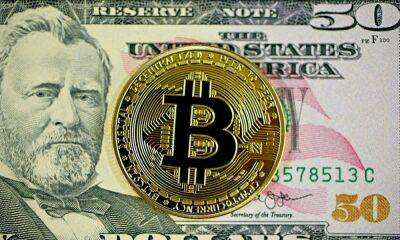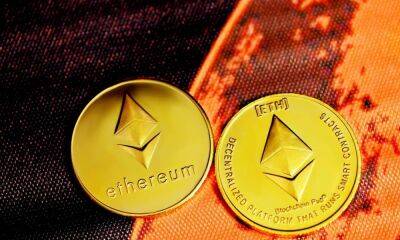Bitcoin Bull is Back With a 25% Jump
Well, that was quick. Less than two weeks after cryptocurrencies hit a nadir in the wake of the FTX collapse, Bitcoin has rallied 25% amid speculation the cryptocurrency selloff late last year was too much and too fast.
When Consumer Price Index (CPI) report came last week that inflation is cooling off in most of the U.S. economy, Bitcoin hit a two-month high at $18,856, up 8%, as investors hoped that the Federal Reserve would reverse, or at least soften its rate hike policy. This suggests that Bitcoin is also becoming macro now, no longer a hedge against inflation.
Additionally, Bitcoin mining difficulty rose more than 10% to 37.59 trillion from 34.09 trillion on Sunday, a new all-time high. The difficulty of mining tends to increase when a blockchain network grows and is a sign of increased activity. The flagship cryptocurrency jumped traded at $21,130 at 11: 30 PM, New York time.
Ether, the native token of the Ethereum blockchain network, gained over 17% in the past week, trading at $1,568 at 11: 30 PM, New York time.Apart from macroeconomic factors, the upcoming Shanghai upgrade on the network that allows users to withdraw their staked Ether has also contributed to this momentum.
Simply put, the Shangahi upgrade follows 'The Merge' that shifted the Ethereum blockchain network from proof-of-work to proof-of-stake in September 2022. A tentative timeline of March 2023 has been set for the Shanghai upgrade.
Besides Bitcoin and Ethereum gains, Avalanche, NEAR, Aave, Polkadot, and Solana also surged over the past two weeks, helping the crypto market reclaim $1 trillion.
The surge in the market has given investors hope that crypto will continue to flourish despite layoffs and bankruptcy. Even a banking giant like Bank of
Read more on investopedia.com
















![A look at the Bitcoin [BTC] correlation score and its essence for investors - ambcrypto.com](https://finance-news.co/storage/thumbs_400/img/2023/2/18/56309_u40ya.jpg)



![Ethereum [ETH] stuck at $1,700 as bulls need to overcome this Fib level - ambcrypto.com - Usa](https://finance-news.co/storage/thumbs_400/img/2023/2/18/56284_kz9u.jpg)
